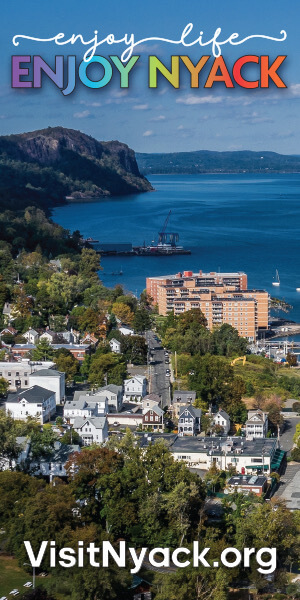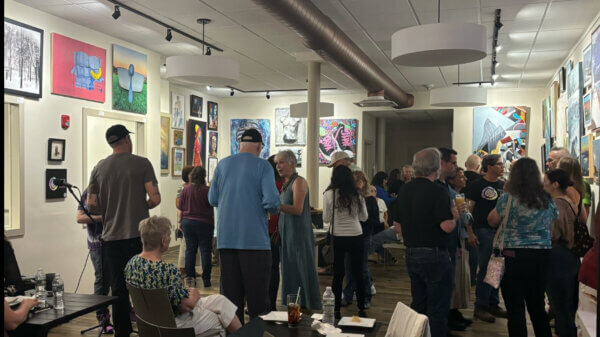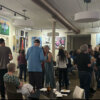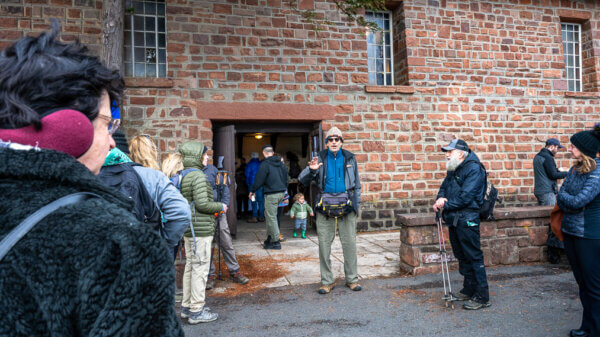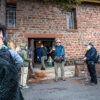On Friday night, July 8, 1887, electricity crackled through the air in more ways than one. A full moon hung overhead, but its glow paled next to the dazzling spectacle unfolding below. Villagers packed the streets. Bands played. Fireworks exploded. Politicians shouted speeches from balconies. Houses radiated with new, artificial light. Across the Hudson, Westchester residents gazed enviously at Nyack’s sudden transformation into a beacon of modernity.
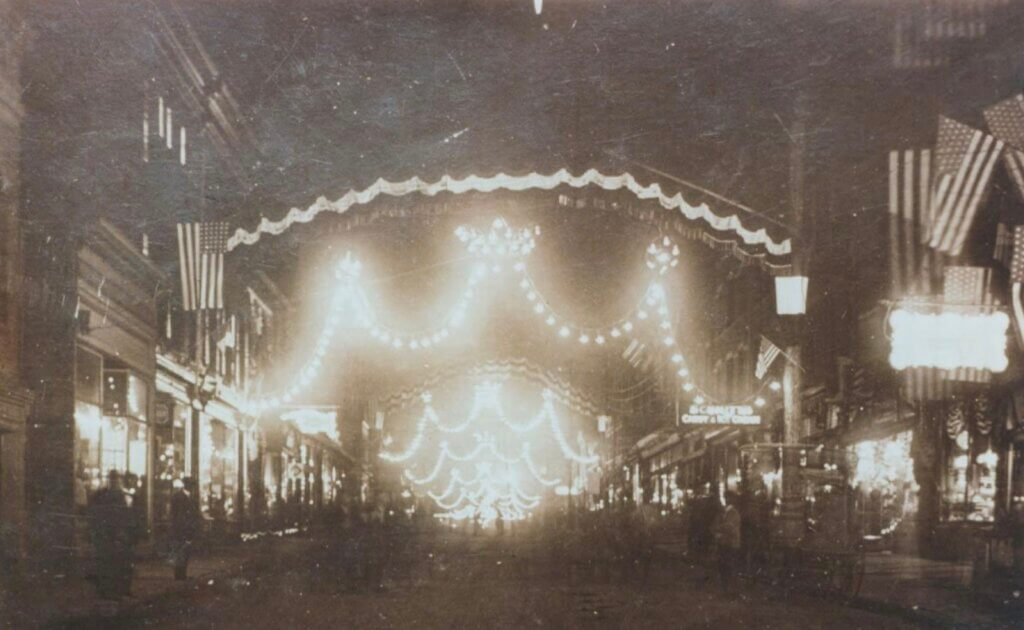
Lighting Up Broadway
Today, we flip a switch and expect instant light—until a power outage reminds us otherwise. But 135 years ago, Nyack’s first electric streetlights marked a revolutionary shift. When the switch flipped that summer night, the village entered the modern age.
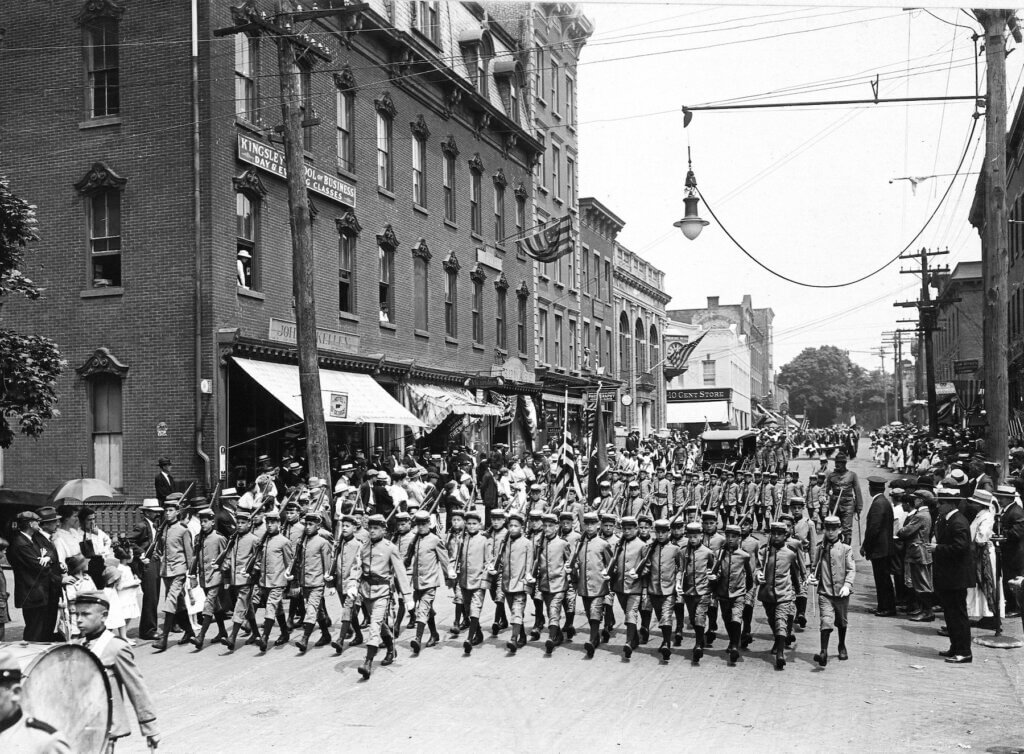
Before electricity, Nyack’s streets relied on dim kerosene lamps. In 1872, after much debate, 442 voters approved a streetlight referendum. The village purchased 50 chestnut poles at $2.32 each and 50 lanterns at $3 apiece. Workers installed them along Broadway, Main Street, and Franklin Street, stretching from Depew’s bridge over Nyack Brook to the railroad depot. Gas lighting, though available from the Nyack and Warren Gaslight Company on Gedney Street since 1859, remained too costly for street use.
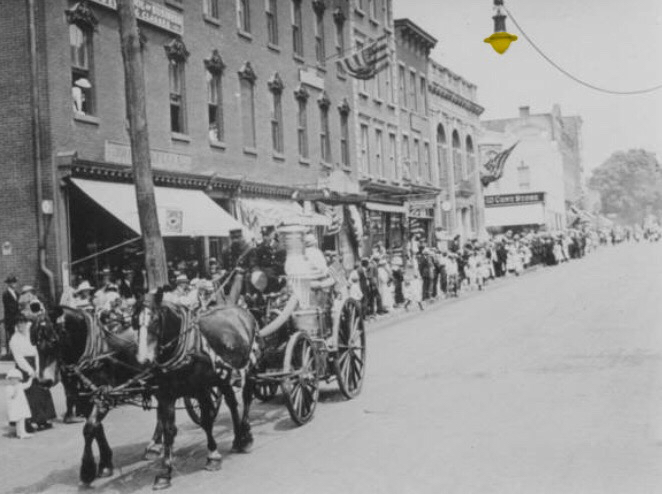
Kerosene lamps, poorly maintained and often left burning all night, frustrated villagers. After 15 years of complaints, they demanded change. In 1887, a new referendum passed by a vote of 93 to 62—Nyack would go electric.
The Nyack Electric Light Company
Following the vote, community leaders formed the Nyack Electric Light Company—the first electric utility in Rockland and Orange counties. Republican State Senator Clarence Lexow became company president, with General James H. Blauvelt as vice president. Selling 2,000 shares at $10 each, the company raised $200,000 in capital. None of the officers took a salary.
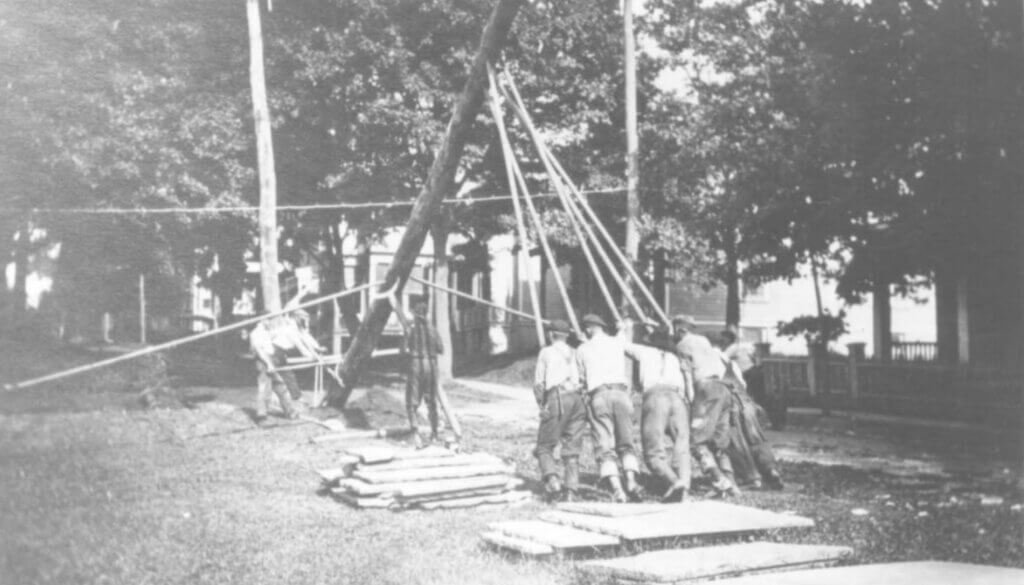
The power plant, located next to Nyack Brook on Jackson Street, ran on an 80-horsepower steam engine and a 100-horsepower boiler, both built by the American Electric Manufacturing Company. Workers installed 50 arc lights across the village. Each 2,000-candlepower lamp blazed with a harsh, brilliant light, scheduled to burn until midnight at least 20 nights a month. Initial circuits covered South Nyack, downtown Nyack, and the village’s commercial core—about eight miles in total. Upper Nyack would get its turn later.
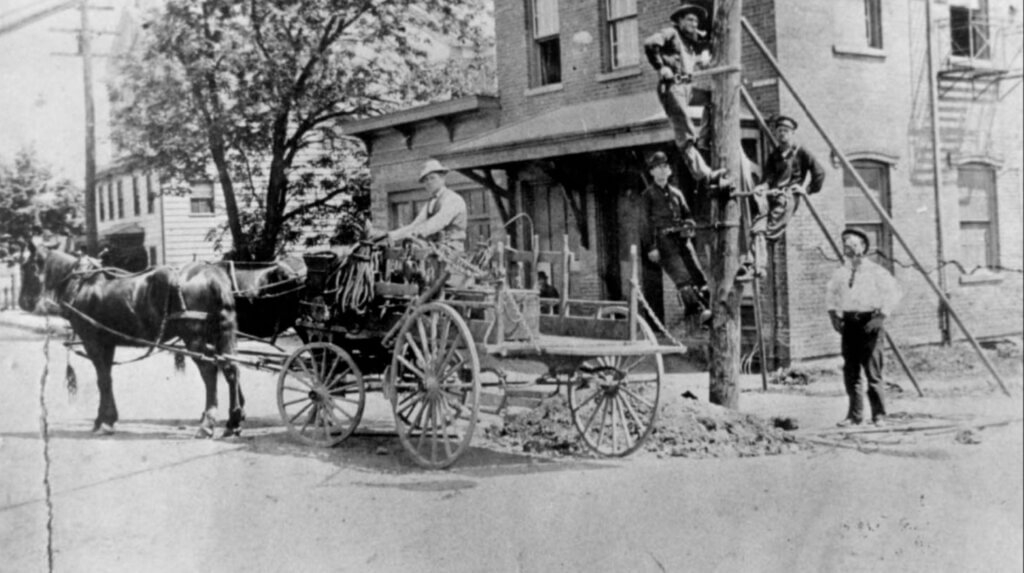
Formation of Rockland Light and Power
The company’s success spread quickly. Within a decade, Nyack Electric Light Company expanded across Rockland and into North Jersey. By the early 1900s, businessman S.R. Bradley acquired the company, renaming it Rockland Light and Power. The new headquarters stood prominently at Main and Broadway.
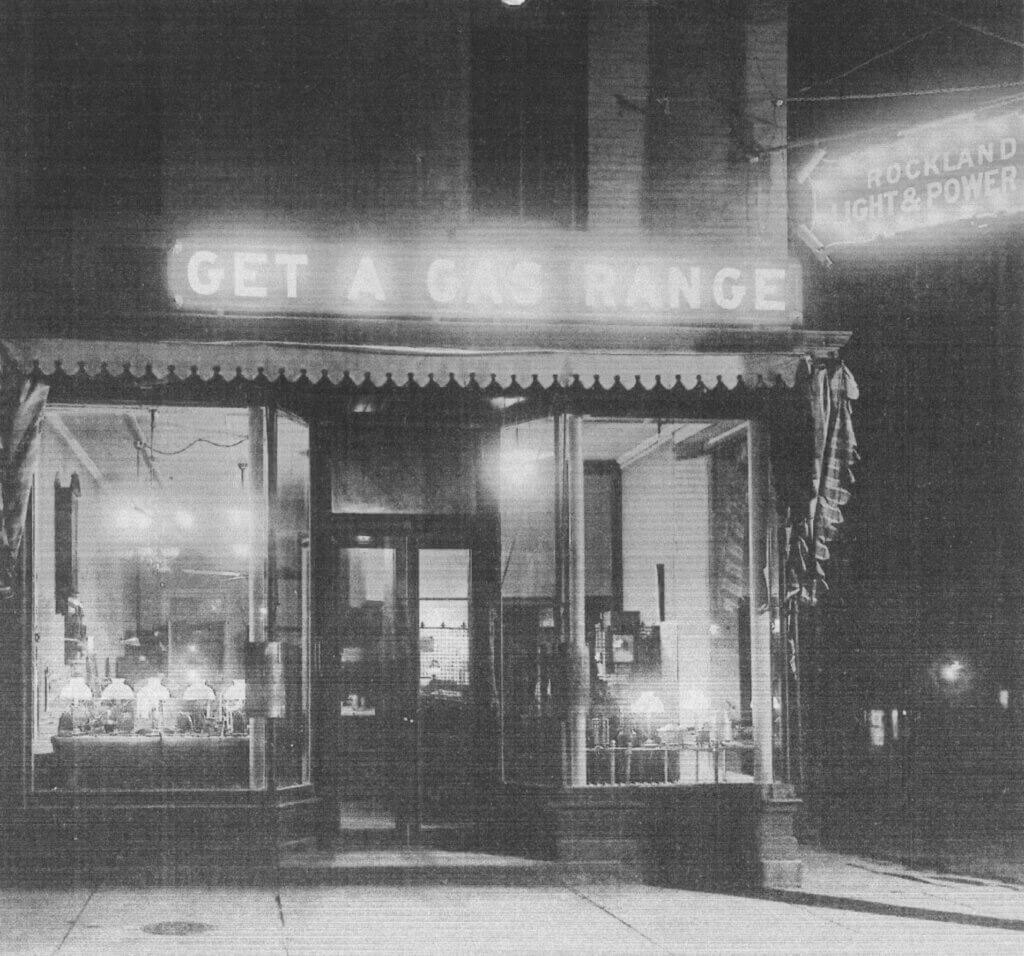
Over the next half-century, a series of mergers shaped the company’s future. In 1951, it absorbed the local gas company and razed the Broadway Hotel near Lydecker Street to build new offices—now Nyack Village Hall. By 1958, the company evolved into Orange and Rockland Utilities, Nyack’s modern-day energy provider.
The Celebration Parade
Nyack celebrated its electric debut with a parade worthy of a Fourth of July finale. The Nyack Cornet Band led the way, followed by the Village Board, two Grand Army posts, the Sons of Veterans, and the entire Fire Department. Fireworks lit the path, punctuating the parade with bursts of light.
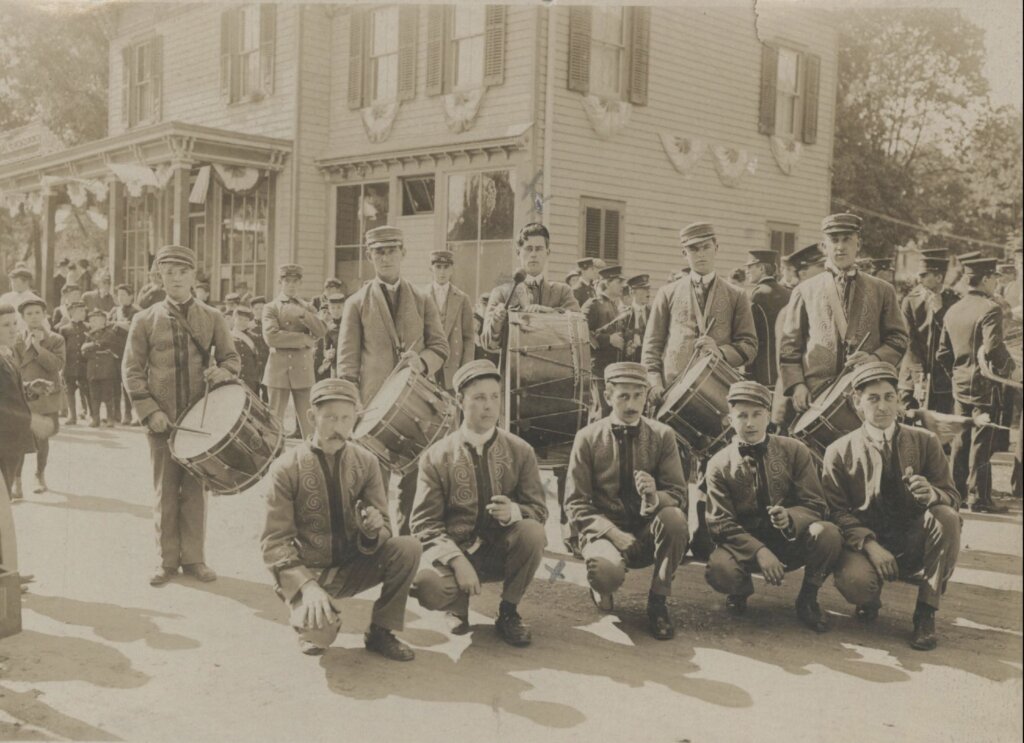
Marchers advanced north on Broadway to Lyeth’s store—Upper Nyack’s general store, still standing today at School Street and immortalized in Edward Hopper’s painting Seven A.M.
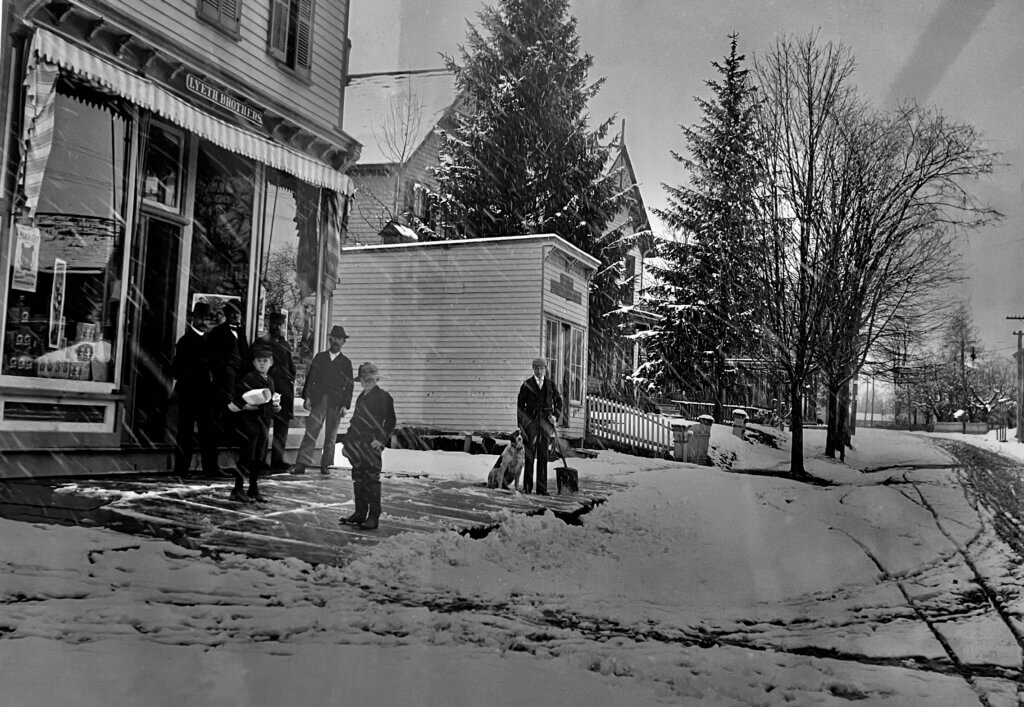
Then the parade turned south, passing Lexow’s gothic mansion at 298 Piermont Avenue and continuing to the Tappan Zee Inn, once home to the Rockland Female Institute and Nyack’s largest meeting space. The inn’s sprawling lawns and trees glowed under the new electric lights.
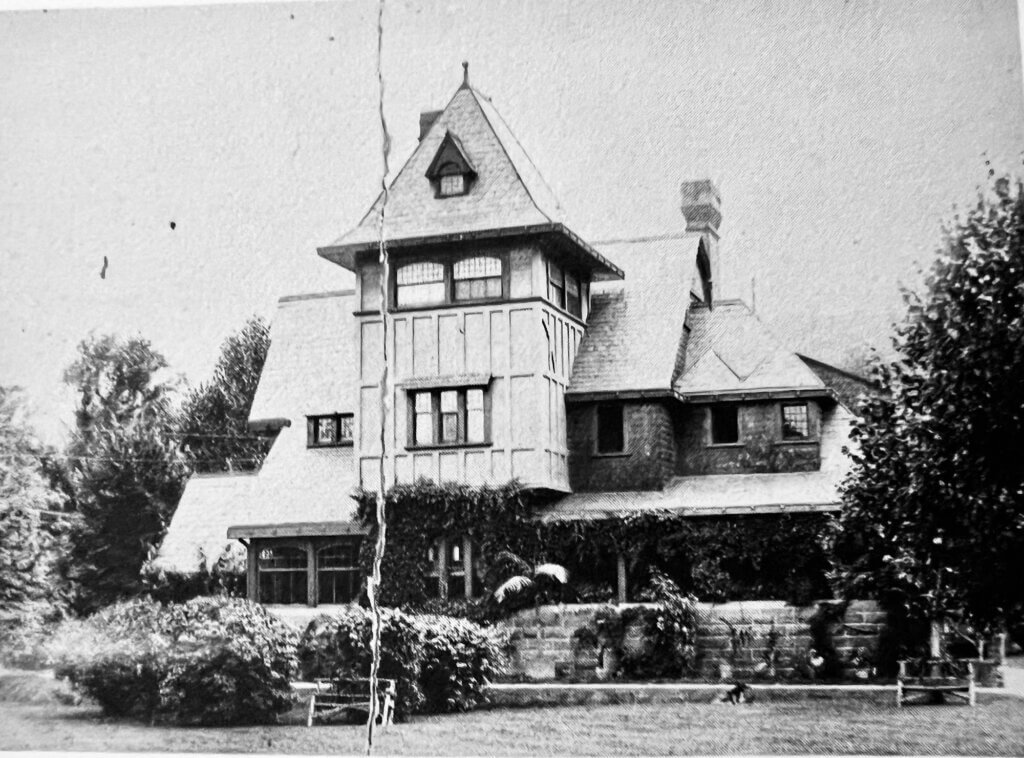
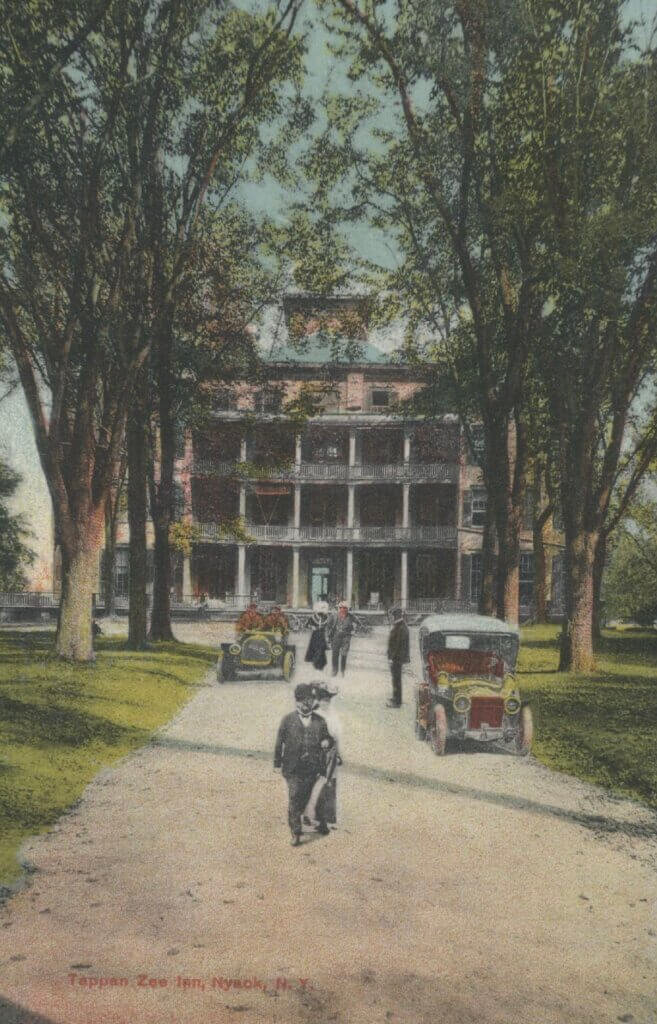
Post-Parade Festivities
As the parade ended, firefighters gathered at Fraser’s, near Depew’s Place on South Broadway, for well-earned food and drink. Meanwhile, about 30 prominent Nyack men—and one woman—dined as guests of Clarence Lexow at the Tappan Zee Inn. The hotel prepared a lavish, though now-forgotten, meal.
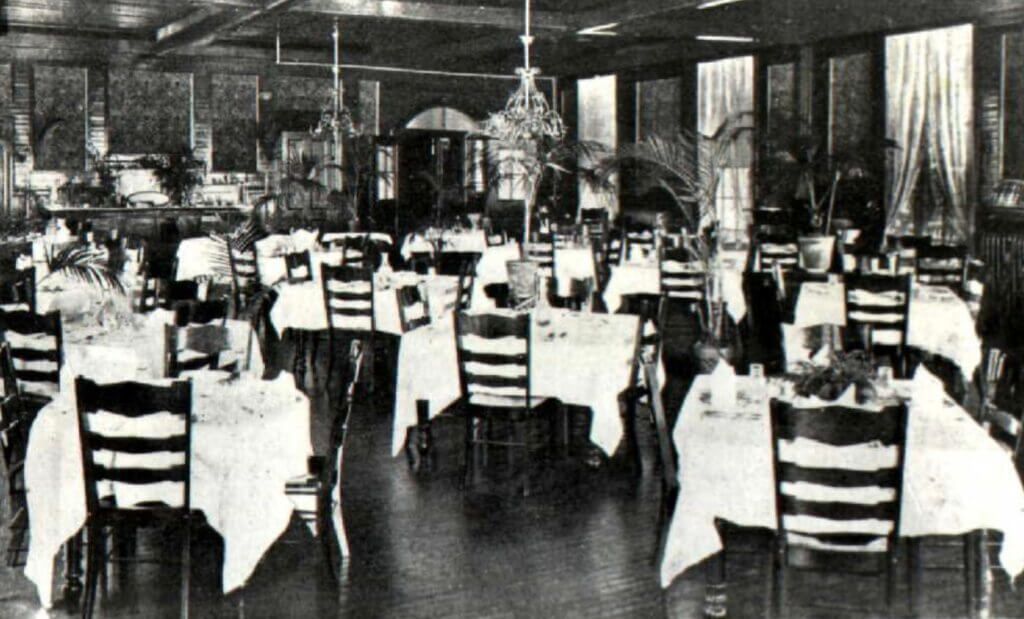
Twenty speeches followed. Lexow opened the floor, followed by village leaders, the police chief, local press, the bank president, the youngest company stockholder, a representative from the American Electric Manufacturing Company, and finally, Nyack painter J.O. Davidson, who toasted what the Rockland County Journal called “Woman, lovely Woman.” The air buzzed with conversation—and with the aroma of locally made cigars.
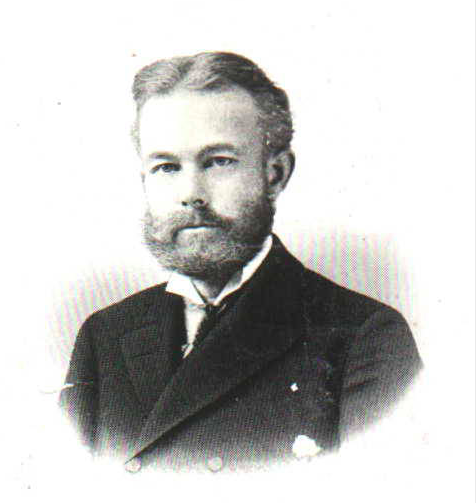
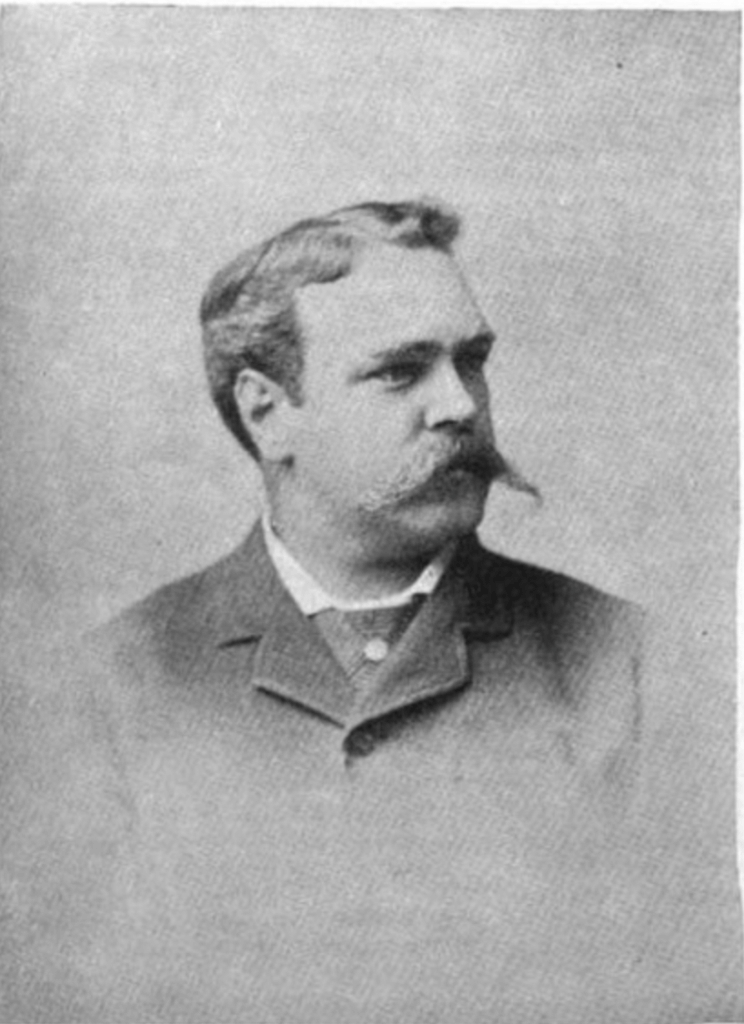
To top it off, the hotel hosted a second banquet for guests who had watched the parade from its balconies. By night’s end, Nyack’s streetlights had passed their trial run with flying colors.
It was, in every sense, the brightest night in Nyack’s history.
Mike Hays lived in the Nyacks for 38-years. He worked for McGraw-Hill Education in New York City for many years. Hays serves as President of the Historical Society of the Nyacks, Vice-President of the Edward Hopper House Museum & Study Center, and Upper Nyack Historian. Married to Bernie Richey, he enjoys cycling and winters in Florida. You can follow him on Instagram as UpperNyackMike.
Editor’s note: This article is sponsored by Sun River Health and Ellis Sotheby’s International Realty. Sun River Health is a network of 43 Federally Qualified Health Centers (FQHCs) providing primary, dental, pediatric, OB-GYN, and behavioral health care to over 245,000 patients annually. Ellis Sotheby’s International Realty is the lower Hudson Valley’s Leader in Luxury. Located in the charming Hudson River village of Nyack, approximately 22 miles from New York City. Our agents are passionate about listing and selling extraordinary properties in the Lower Hudson Valley, including Rockland and Orange Counties, New York.


